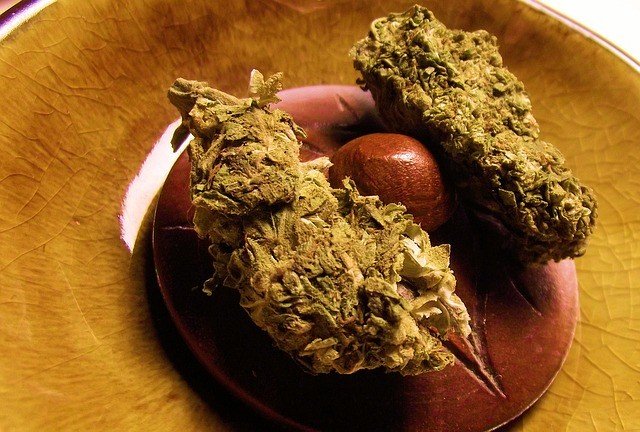
Using illicit drugs hurts our health.
Abuse or addiction of these drugs, such as marijuana, cocaine, amphetamine, opioids, nicotine, and methadone, can not only cause premature death but also lead to severe disabilities.
Researchers have found that drug abuse and addiction are responsible for the death of more than 3 million people and the disability of more than 16 million people all over the world.
Drug abuse and addiction happen in the whole world: opioids are preferred in Asia and Europe; marijuana is preferred in Africa, North America, and Latin America; and cocaine is more common in Caribbean islands and Latin America.
In a review published in Chemico-Biological Interactions, researchers discussed the toxic effects of drug abuse and addiction on the liver.
The liver is an important organ that can remove harmful substances from the body.
Drug abuse and addiction can cause several types of liver injury. One is intrinsic injury, which means the drug will hurt all people but with a different degree; one is idiosyncratic injury, which means only rare individuals will be affected; and one is drug allergy.
For each illicit drug, researchers listed the risk factors, clinical symptoms, and pathophysiological appearance of liver injury.
For example, for cocaine abuse and addiction, the risk factors include cigarette smoking, alcohol drinking, unemployment, using other illicit drugs, anxiety, and depression.
The liver enzymes can be elevated severely, and the liver cells are injured acutely.
Cocaine users may feel depressed, nervous, and tired. They may also lose smell sense, have difficulty in swallowing, and show poor cognitive abilities.
Researchers also discussed the mechanisms involved in the drug-induced liver injury.
They suggest that once drug abuse and addiction are stopped, the liver can be renewed and become fully functional again because it has the regeneration capacity.
The current findings may help discover the potential medicine against drug abuse and addiction, and future work should focus on clinical translation.
Copyright © 2018 Knowridge Science Report. All rights reserved.



